Toll Free: (866) 215-0651
Local: (657) 900-2066
Metal Fabrication and the Importance of Quality Control
In the world of metal fabrication, where precision is paramount and every cut and weld matters, the role of quality control cannot be overstated. Metal fabrication products are the backbone of modern infrastructure, from skyscrapers that touch the clouds to intricate components in aerospace engineering. In this post, we delve into the significance of quality control measures throughout the metal fabrication process and how they play a pivotal role in ensuring accuracy, safety, and project success.

The Foundation of Precision:
Imagine constructing a bridge with components that don't fit together seamlessly or an aircraft with subpar metalwork. The consequences could be catastrophic. Quality control in metal fabrication safeguards against such scenarios, ensuring that every piece of metal meets stringent standards before it becomes part of a larger structure. This meticulous attention to detail starts at the beginning of the fabrication process.
Material Inspection and Selection:
Quality control begins with the careful inspection and selection of raw materials. The metal type and quality can significantly impact the end product's strength, durability, and overall performance. By rigorously evaluating the composition and integrity of the materials, metal fabricators can eliminate potential issues before they compromise the final product.
Precision Cutting and Shaping:
Precision cutting and shaping are critical steps in the fabrication process that demand meticulous control. Quality control measures such as advanced cutting technologies, computer-aided design (CAD), and automated systems ensure that every cut is precise, adhering to the specified dimensions. This precision enhances the overall aesthetics and guarantees that components fit together seamlessly during assembly.
Welding Excellence:
Welding is the backbone of metal fabrication, and the quality of welds can make or break a project. Quality control measures in welding involve non-destructive testing techniques, such as X-rays and ultrasonic inspections, to identify potential defects that might compromise the structural integrity of the welded joints. By identifying and rectifying issues at this stage, metal fabricators contribute to the long-term reliability and safety of the final product.
Performance Testing:
Once the components are assembled, quality control extends to performance testing. Whether it's stress testing for structural elements or conducting simulations to evaluate performance under extreme conditions, these tests ensure that the fabricated metal structures can withstand the demands of their intended applications. This step is crucial in guaranteeing not only the functionality but also the safety of the end product.
Regulatory Compliance and Client Satisfaction:
Beyond technical aspects, quality control in metal fabrication also encompasses regulatory compliance and client satisfaction. Adhering to industry standards and regulations ensures that the fabricated products meet safety and quality benchmarks. Moreover, satisfying client expectations by delivering precision-crafted components on time and within specifications is a testament to the effectiveness of quality control measures in building lasting partnerships.
In the dynamic world of metal fabrication, where innovation meets engineering, precision pays off in more ways than one. Quality control measures form the bedrock of successful projects, ensuring that each piece of metal that goes into the final product is crafted with the utmost precision and care. By prioritizing accuracy, safety, and project success throughout the fabrication process, metal fabricators meet industry standards and contribute to the reliability and durability of the infrastructure that shapes our modern world.
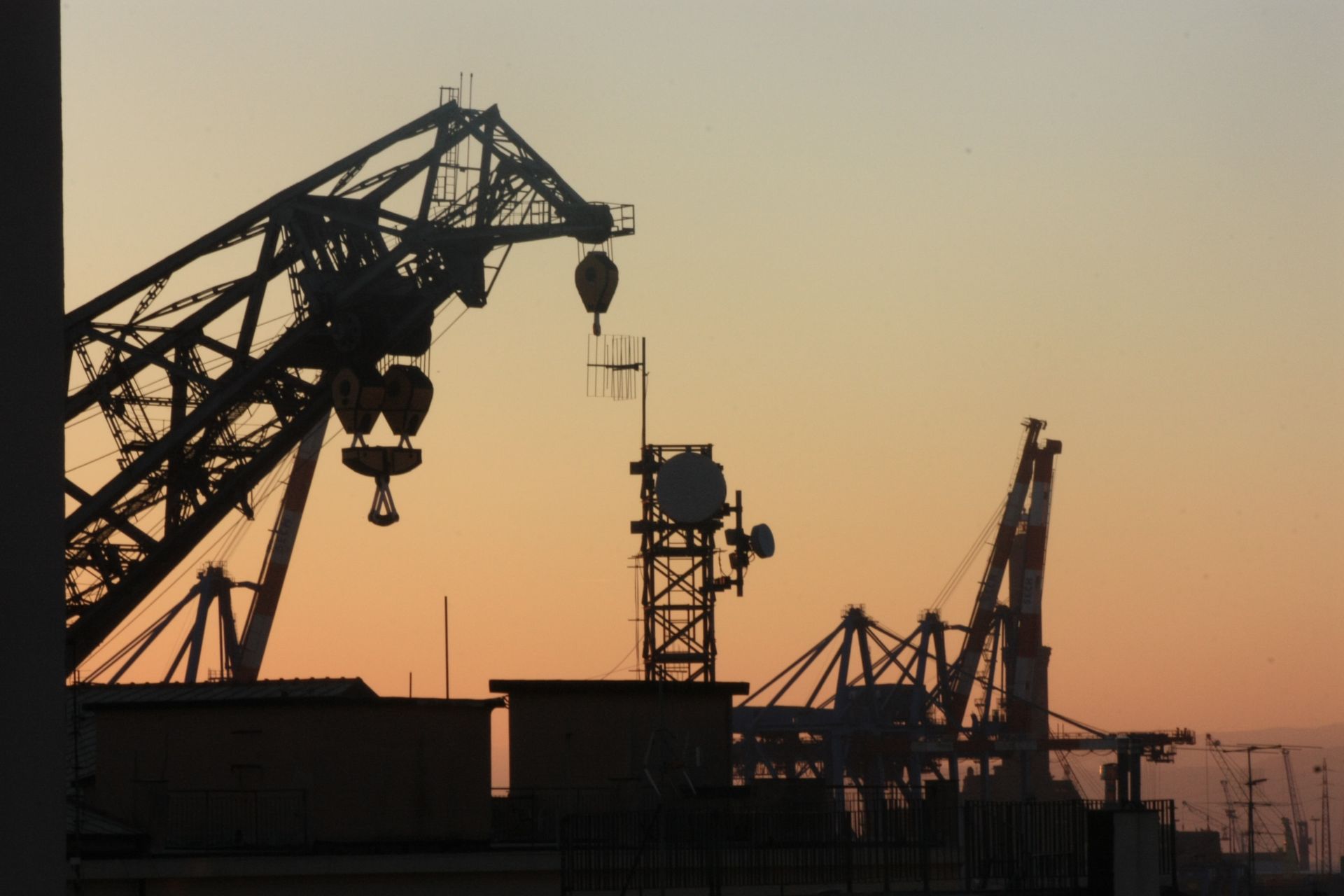


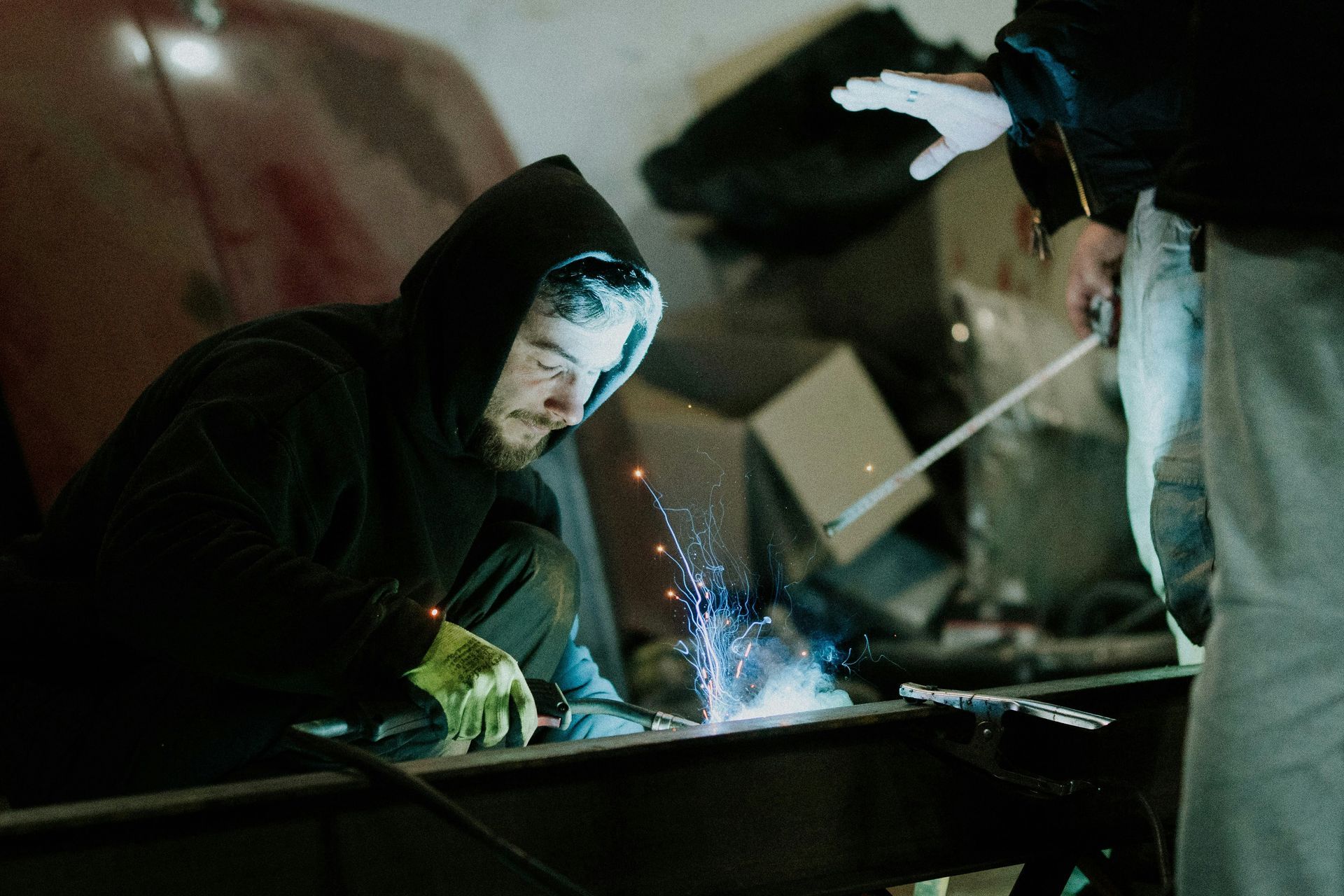
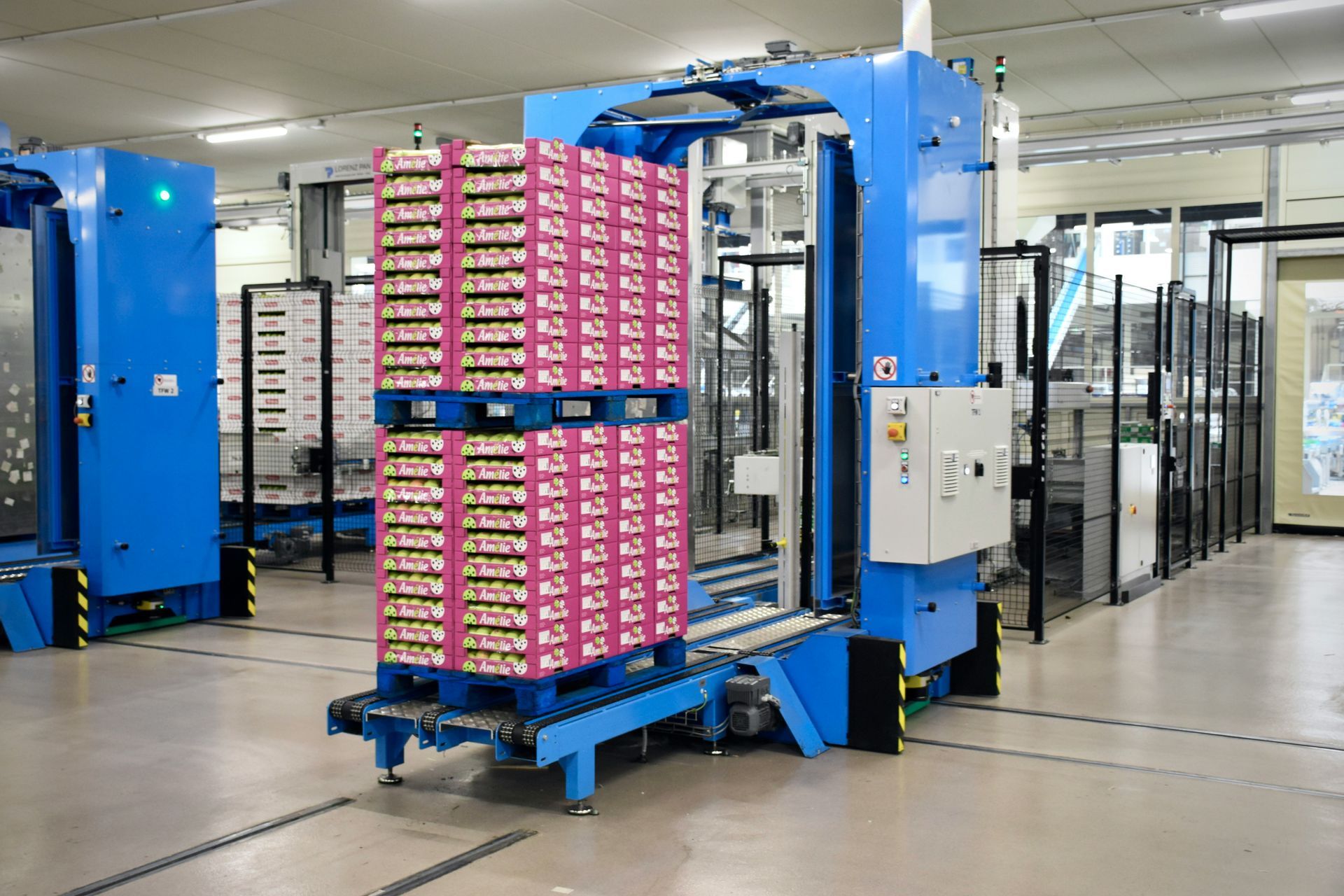
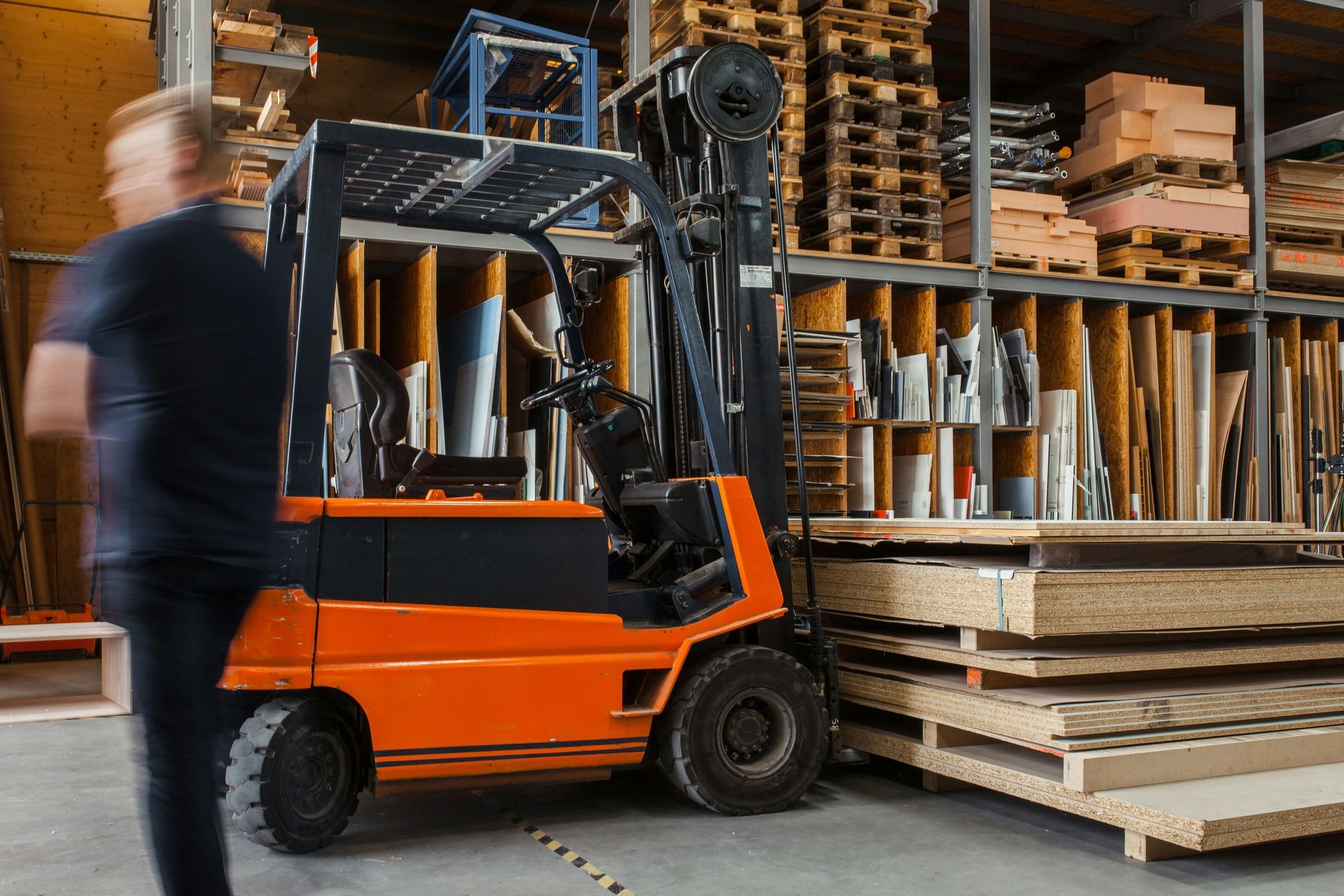

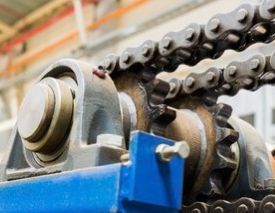

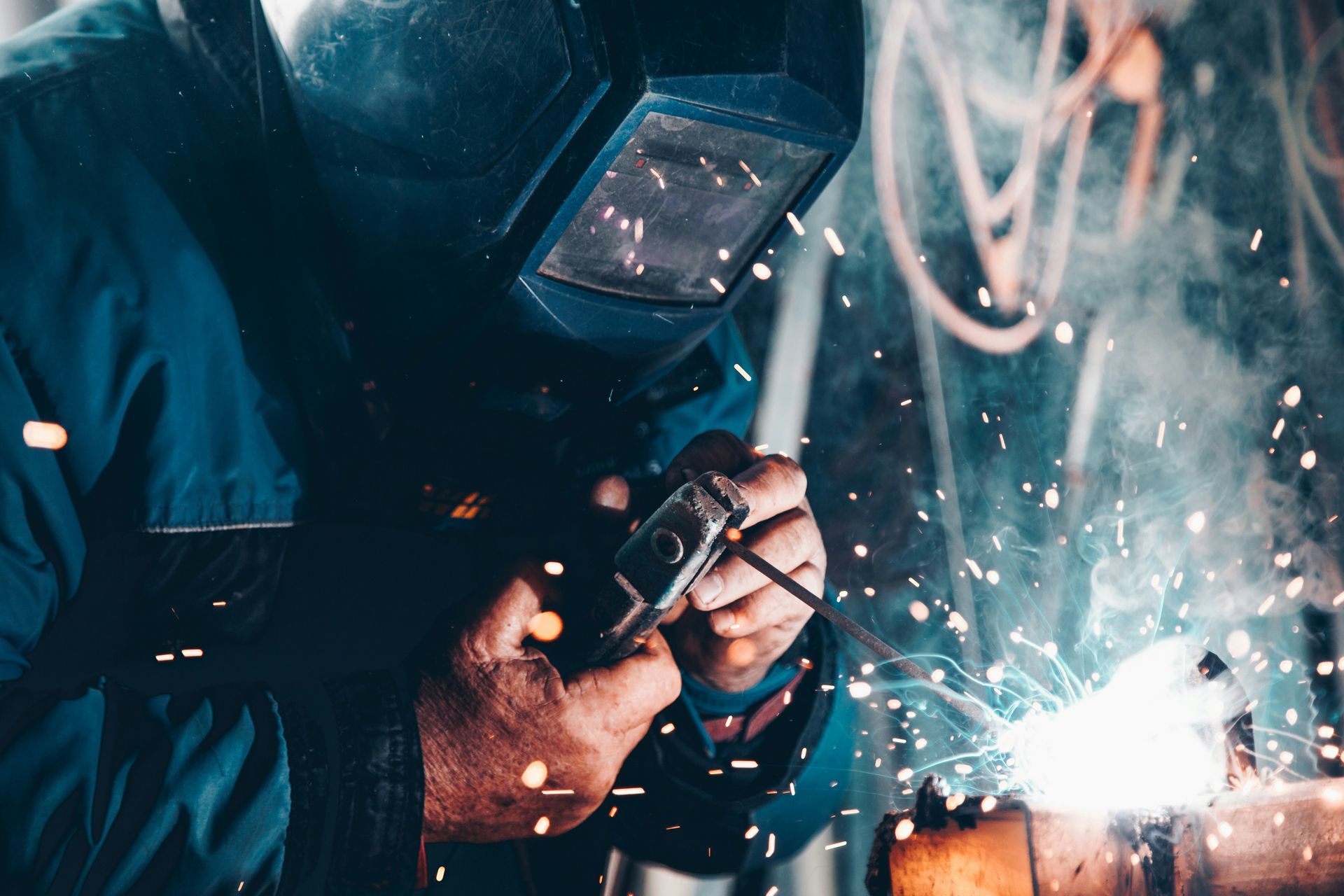
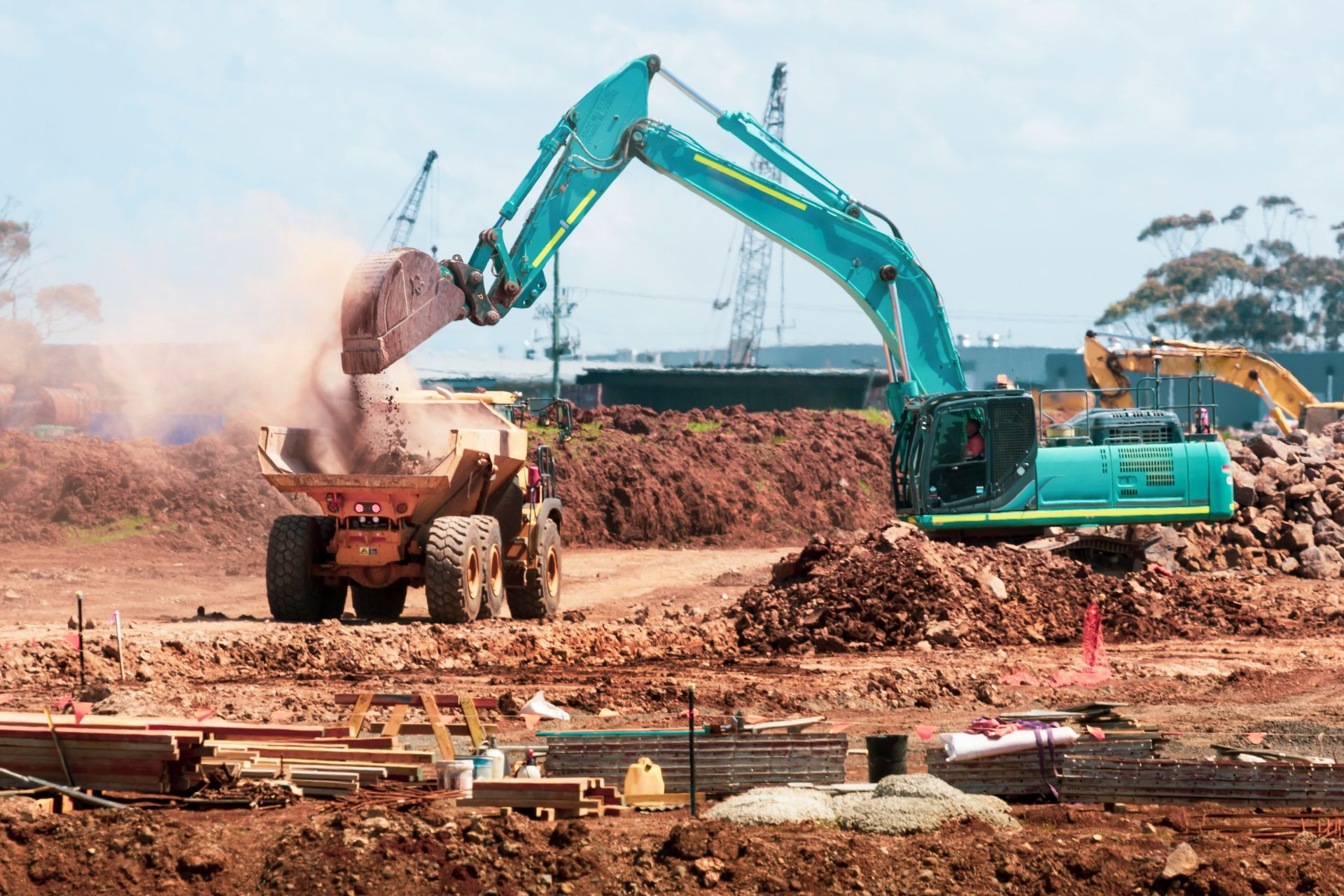
Share On: